Our pelvic floor plays a crucial role in mobility, balance and power, and maintaining it in good working order allows one to climb and jump effortlessly, and keep a comfortably erect posture without strain. There are three aspects to consider when pursuing the perfectly functional pelvic floor: strength, flexibility and control. Strength is rarely a problem and flexibility can only improve if one is capable to release the muscular tension in it. Therefore, working on control is crucial!
A very good way of working on pelvic floor control is using breathing imagery, as the pelvic floor can contribute greatly to a deep and relaxed (and relaxing!) breathing. If you’re sceptical about that statement, refer to the last paragraph about anatomy, to see exactly how breathing and the pelvic floor are linked.
We’ll use a few images that all work towards a similar goal: getting you to gain control over your pelvic floor. To allow it to move as freely as possible, I recommend doing this exercise in constructive rest position (see the previous post about breathing) first, before moving on to kneeling or sitting on a chair, then walking and everyday life. The first image consists in seeing your pelvic floor as a floating cork, moving like a piston inside the pelvic “tube”. Imagine this cork (and the water on which it rests) going down when you inhale, and up when you exhale. Imagine huge movements, comparable in size with the whole pelvis. This will create a strong neural stimulation, necessary to stimulate a very probably dormant capacity of your body.
The next image is more anatomical in nature, but is basically the same. First locate your perineum, the zone of your body located between your anus and your genitals. If you’re comfortable with your body, I recommend palpating the area, as you’ll find a point (of a size similar to the pad of your finger) that feels muscular or taut in this region, which is the point we’re talking about. Now image this point, like the cork, going up and down as you breathe (down as you inhale, up as you exhale). When you exhale, try and exhale for as long as you can, truly emptying your lungs, and at the same time pulling your perineum as far up (in) as possible. At first it will feel like preventing yourself from urinating, or clenching your anus, but with time and practice you’ll learn to differentiate all these actions. Similarly when you inhale, try and let it go as far down (out) as possible, imagining that your perineum is drawing the air all the way down (or if you prefer, drawing the organs down, which draw the diaphargm, which draws the air).
And lastly, an image with slightly more depth, and that will help you see how this part of our anatomy relates to other functions like walking and jumping. The first layer consists in picturing your sit-bones (ischal tuberosities) going apart as you breathe in, and together as you breathe out. If you’re not very familiar with the area, I suggest palpating those bones before doing the exercise, to give yourself a better picture to work with. If you sit with your lower back straight on a solid, flat chair, you’ll feel them as compressing your tissue against the chair. If you’re in constructive rest position, follow the dip between the back of your thigh and your buttock, gently pressing towards your head. You will feel the bony prominences quite obviously.
As added layers, you can picture your tail-bone (coccyx) and the ischial tuberosities together, forming a triangle that grows in dimensions as you breathe in, and becomes smaller as you breathe out.
If you’re quite familiar with the inner workings of your pelvis, have a look at this video depicting the internal movements of the pelvis of a human giving birth, and imagine the inferior (towards the feet) strait getting wider as you breathe in, and thinner as you breathe out (and vice- versa for the superior (towards the head) strait.
And now the anatomy part: as explained in my previous post about breathing, the main action of breathing is a lowering of the diaphragm, and the organs, being incompressible, getting out of the way somehow. One of the ways they can do that is by filling the pelvic bowl, if the pelvic floor allows them some space to descend into it. This is the anatomic action that we’re working on with these images. Many people hold their pelvic floor up and tight, which contributes to restricting their breathing, along with plenty other issues like diminishing their effective flexibility, and their jumping and running power. For an in depth exploration of plevic flor tightness, go check out Katy Bowman’s excellent blog!
And with that I leave you to your breathing!
Continue reading: Breathing 1: Abdominal Breathing, Two Major Tips To Prevent Back Pain.
This article also exists in French.
Want more like this?
Check out the following blogs from massage therapists I know from around London:- On The Run Health and Fitness on running, nutrition and sports massage.
- The Soma Room on sports massage and exercise.
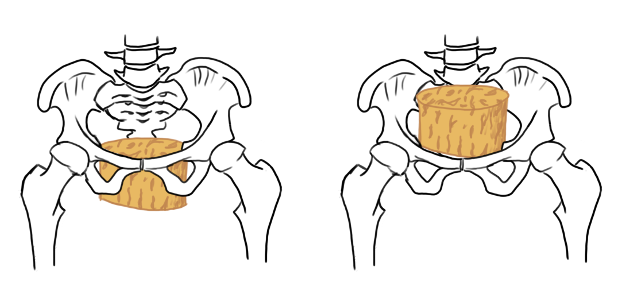
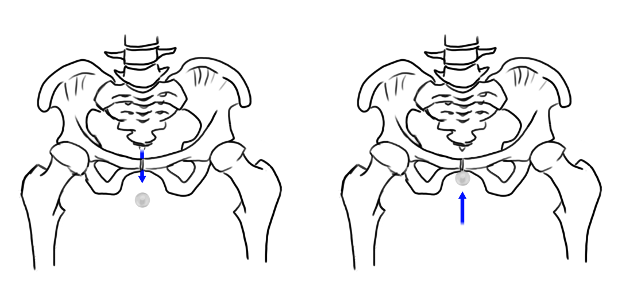
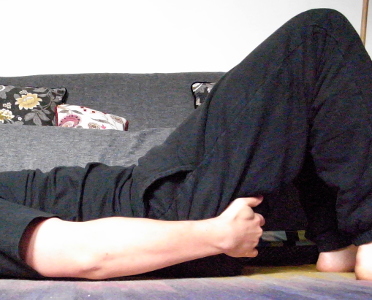
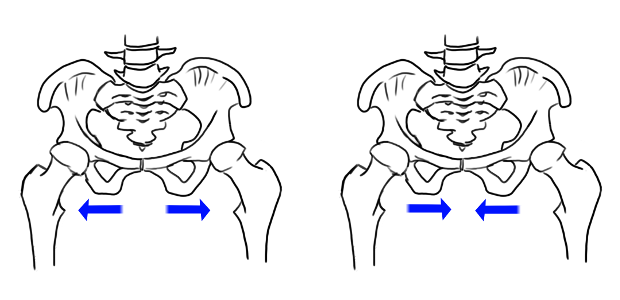
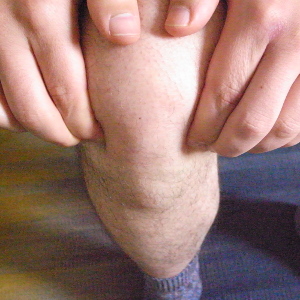
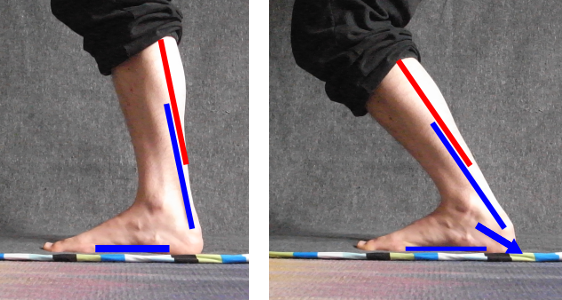

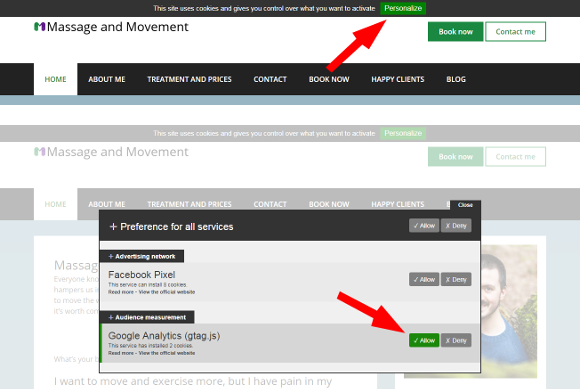
No Responses